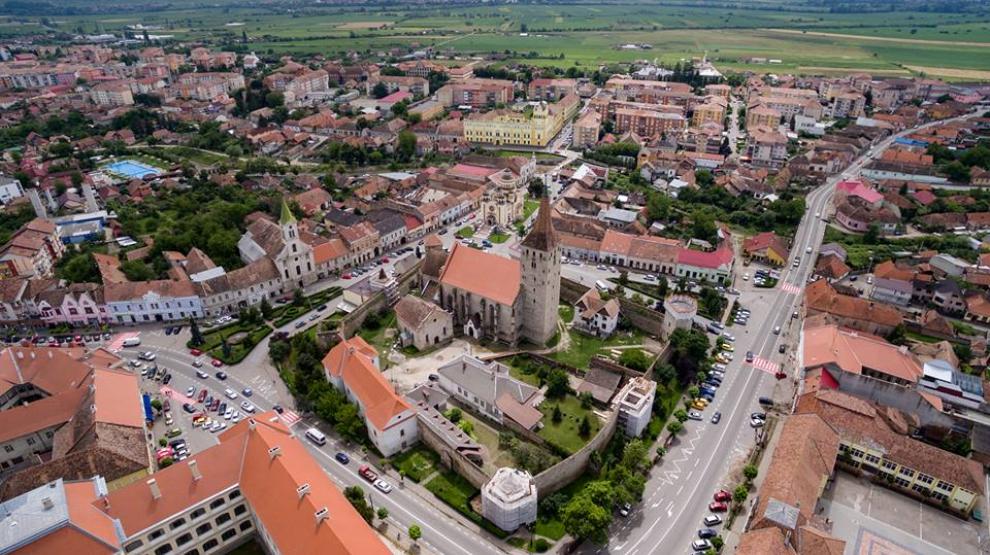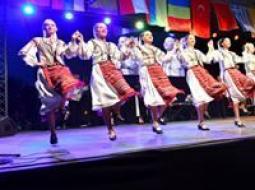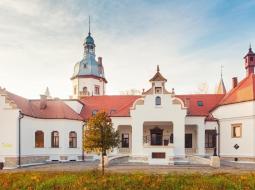Thessaloniki gets ready for its metro launch in November
The underground rapid transit lines have been under construction for almost two decades due to various project delays
 TheMayor.EU logo
TheMayor.EU logo 
Aiud (in Hungarian - Enyed, Nagyenyed, in German - Strassburg am Mieresch) draws its name from Saint Egidus (Saint Gilles in French, in Italian Sant'Egidio and Hungarian Szent Egyed).
It is an old locality, on its territory being found the ancient Roman settlement called Brucla. The first documentary testimony dates from 1293, in an act issued by King Ladislaus IV of Hungary, when the population was mostly made of Saxons. With the Reformation and the embrace of the religious doctrines by a large number of inhabitants, the city was Magyarized and became the most active cultural and educational center of Calvinism in Transylvania. Its medieval history, as a burg at the conjunction of important commercial routes, is intertwined with that of Transylvania - a past marked by ups and downs and sprinkled with countless bloody confrontations.
Aiud is a multi-ethnic and multicultural Transylvanian city, situated on the right bank of the Mureş river. It is surrounded by the Apuseni Mountains and the Tarnavelor Plateau, and lies at a distance of 70 km from Cluj Napoca and 35 km from Alba Iulia. According to the 2011 census, the population of Aiud amounts to 22,876 inhabitants, most of them are Romanians (74.12%).
Aiud is connected to the national and international road systems via the European route E81. Aiud will soon be connected to the western border and main port to the Black Sea via a system of highways. More specifically, the highway to Cluj-Napoca is already operational, the section to Sibiu is to be opened by the end of 2019 according to the constructor's commitments, and the highway to the crossing point of the western border will be operational by 2021. Moreover, the city enjoys the presence of a railway station and is located near two railway nodes (Teiuș and Războieni). Thus, potential investors will certainly benefit from a modern transport infrastructure.
Prior to 1989, the city was known as a metallurgical industrial center, hosting a large company with over 10,000 employees. Today, the data show that there are over 16,000 citizens able to work and only 5,405 of them are currently employed in the city. Moreover, the labor force potential is much larger including the surroundings.


Address: 515200, str. Cuza Vodă №1